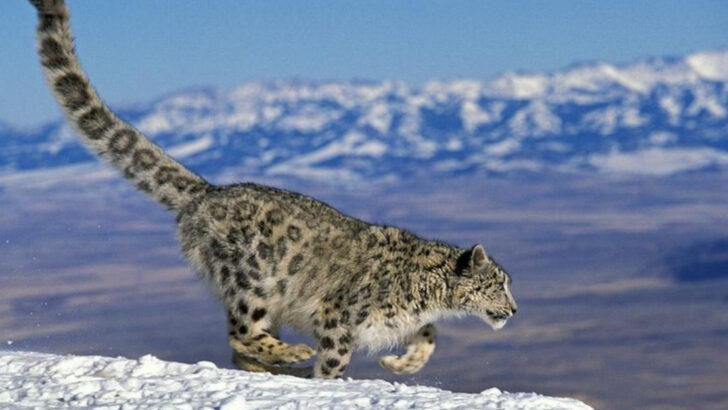Leopards wear rosettes like royalty. Zebras walk around in optical illusions. Poison dart frogs? Straight-up neon warning signs with legs.
These aren’t just random splashes of color or artsy accidents. These wild patterns are functional, fierce, and full of flair. They help animals vanish into shadows, woo a mate with flair, or scream “eat me and regret it” in the boldest way possible.
So buckle in. Nature’s putting on a fashion show, and the runway? It’s made of rainforest vines, desert sands, and deep-sea shadows.
Zebra
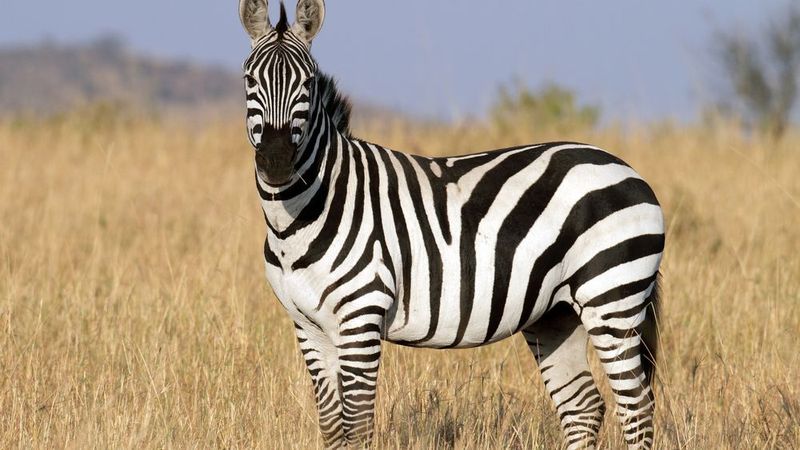
With their iconic black and white stripes, zebras are more than just a safari staple. These stripes are believed to confuse predators, disrupt flies, and regulate body temperature.
Observing a herd of zebras is like witnessing a moving optical illusion. Each zebra’s pattern is unique, akin to a fingerprint, adding a layer of individuality to these social animals.
The contrast of their stripes against the golden savannah creates a stunning visual tapestry. Did you know? Theories suggest their stripes might even be a social signal, helping zebras recognize one another amidst the chaos of the herd.
Bengal Tiger
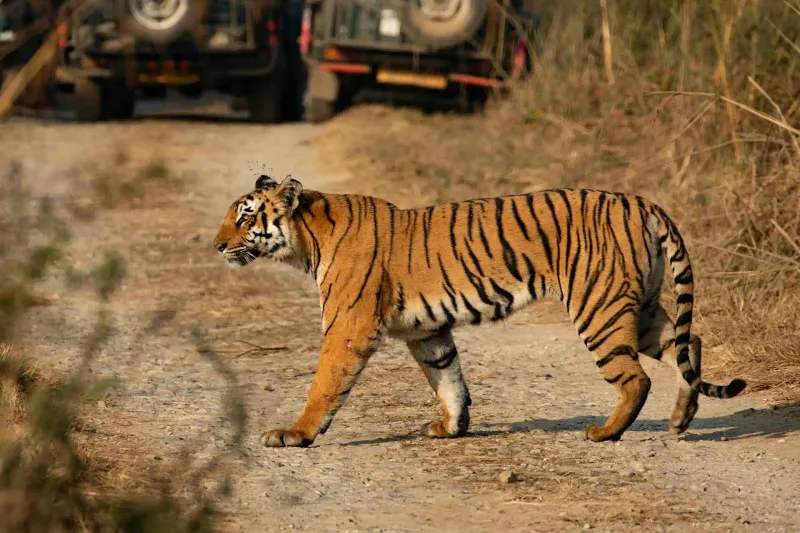
The Bengal tiger, with its fiery orange coat adorned with bold black stripes, commands attention in the wild. Each stripe pattern is unique, serving as natural camouflage in their dense forest habitats.
These stripes help tigers blend seamlessly with shadowy undergrowth, making them stealthy hunters. The allure of their appearance is matched by their fierce and solitary nature.
Bengal tigers are not just apex predators but also cultural icons, symbolizing power and beauty. Their presence in the wild is a testament to the delicate balance of ecosystems and the artistry of evolution.
Peacock
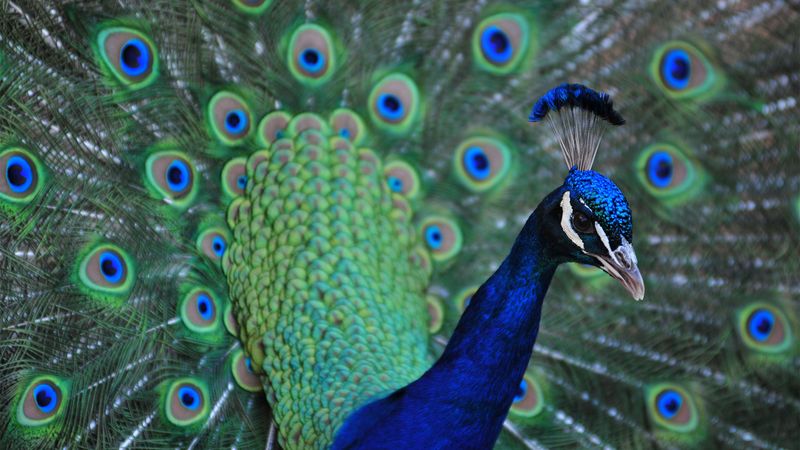
With a tail that fans out like a burst of fireworks, the peacock is a true showstopper. Its iridescent feathers, shimmering with blues and greens, are used in elaborate courtship displays to attract mates.
The ‘eyespots’ on the feathers add an extra layer of visual intrigue, creating a mesmerizing pattern that captivates all who see it. Beyond its beauty, the peacock’s display is a testament to the power of attraction in nature.
This bird exemplifies how aesthetics play a crucial role in survival and reproduction, enchanting observers with its dazzling display of color.
Giraffe
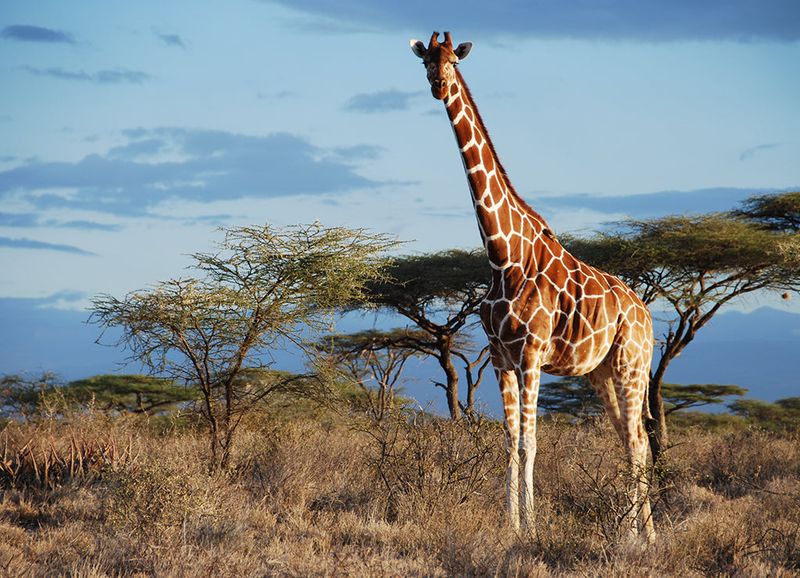
Standing tall with its long neck and distinctive coat, the giraffe is a towering emblem of grace. Each giraffe’s coat features a unique pattern of brown patches on a golden background.
These patterns serve as camouflage among the tall trees and shifting shadows of the savannah. The giraffe’s towering stature allows it to access treetops, while its coat pattern helps it blend into the landscape.
Giraffes’ gentle demeanor belies their size, making them a favorite among wildlife watchers. Their elegance and distinctive patterns showcase nature’s creativity on a grand scale.
Snow Leopard
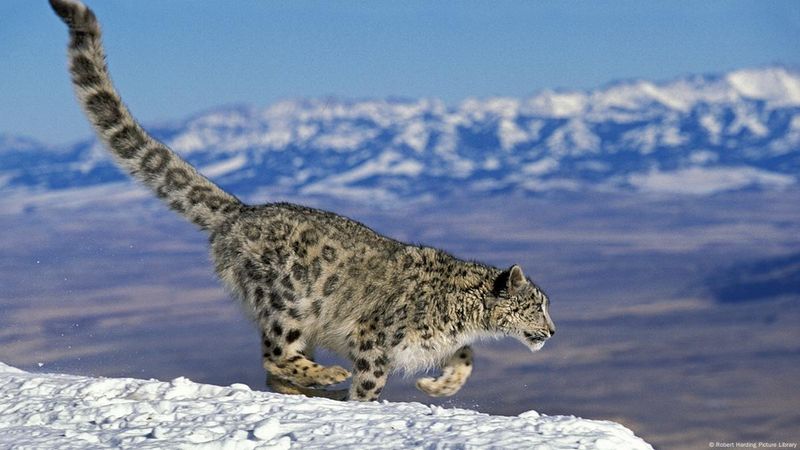
The elusive snow leopard, known as the ‘ghost of the mountains,’ is a master of stealth. Its smoky gray coat and dark rosettes blend seamlessly with the rocky, snowy landscapes of Central Asia.
These unique patterns offer perfect camouflage, allowing these big cats to stalk their prey with precision. Snow leopards are solitary and rarely seen, adding to their mystique. Their thick fur and bushy tail are not just for show but serve as insulation against the cold.
The snow leopard’s ethereal presence and exquisite patterns make it a true marvel of the mountain world.
Mandarin Fish
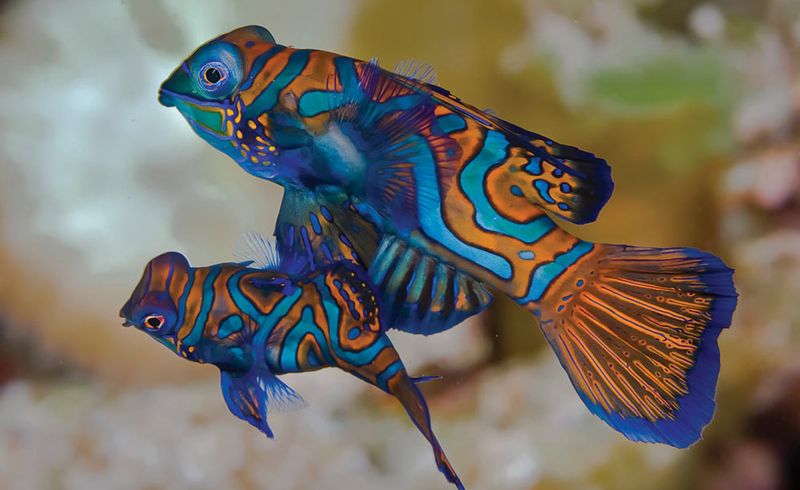
The mandarin fish, a vibrant jewel of the ocean, displays a kaleidoscope of swirling colors and patterns. Its dazzling blue, orange, and green hues make it a living piece of art.
Found in the warm waters of the Pacific Ocean, this fish uses its vivid patterns for communication and mating displays. Unlike many fish, the mandarin’s colors are not for camouflage but for attraction, making them a popular subject for underwater photographers.
Observing a mandarin fish is like watching a painting come to life, with patterns that seem to dance with every movement.
Poison Dart Frog
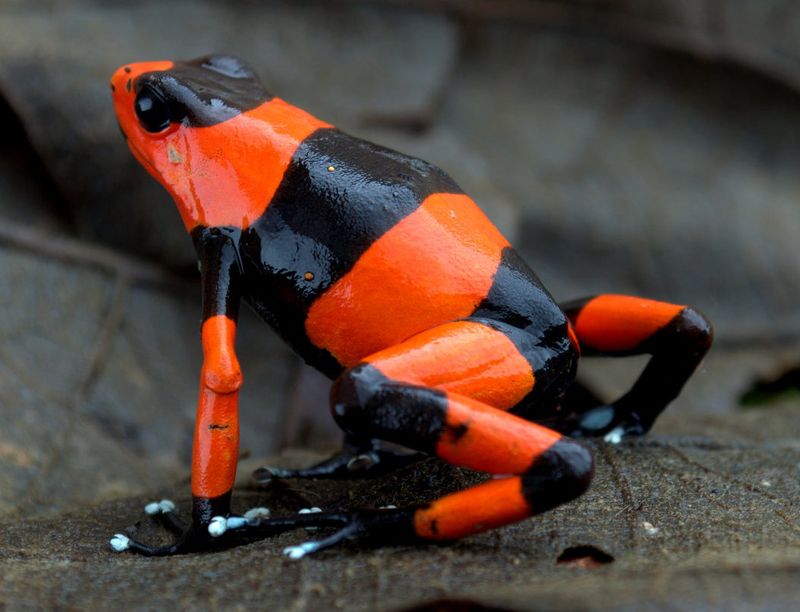
With a vivid palette that warns of danger, the poison dart frog is both beautiful and deadly. Its bright colors serve as a warning to predators about the toxic secret it carries.
Found in the lush Amazon rainforest, these frogs are a marvel of survival strategy. The contrast of their colors against the green foliage creates a stunning visual effect.
Their toxicity, derived from a diet of ants and termites, means that their vibrant pattern is as much about self-defense as it is about beauty. The poison dart frog’s striking appearance is a testament to the complexity of nature’s designs.
Okapi
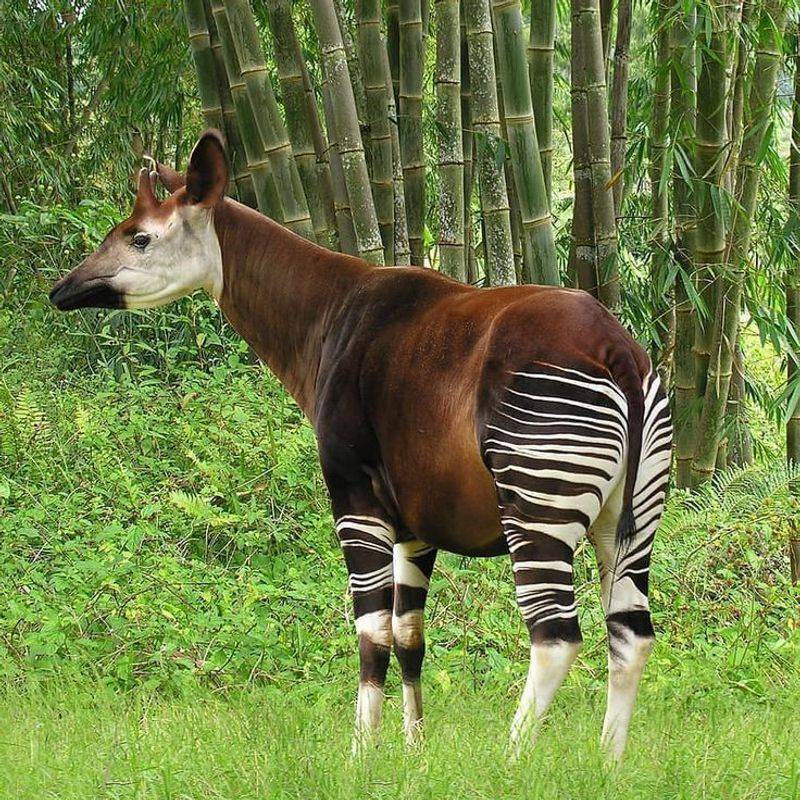
Hidden within the African rainforest, the okapi boasts a captivating blend of patterns. This relative of the giraffe sports zebra-like stripes on its legs, which helps it navigate through dense forest shadows.
Its glossy brown body contrasts with these stripes, creating a unique appearance that aids in camouflage. The okapi’s elusive nature and striking patterns make it a symbol of the mysterious beauty of the forest.
Despite their size, okapis are surprisingly adept at blending into their surroundings. This animal’s distinctive look is a reminder of the diverse adaptations found in nature.
Cuttlefish
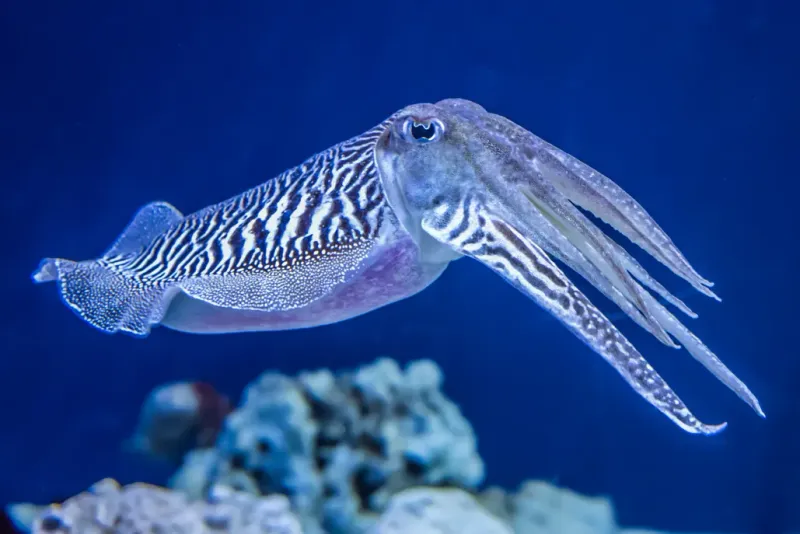
The cuttlefish, a master of disguise, is renowned for its ability to change skin color and pattern in an instant. These mollusks use their dynamic displays for communication, camouflage, and courting.
Found in oceans worldwide, cuttlefish are like living canvases, capable of intricate designs that shift like ocean currents. Their unique chromatophores allow for a dance of colors and patterns that can mesmerize both prey and predators.
The cuttlefish’s pattern-shifting abilities are not just for survival but are an evolutionary marvel, highlighting the sophisticated artistry of marine life.
Malayan Tapir
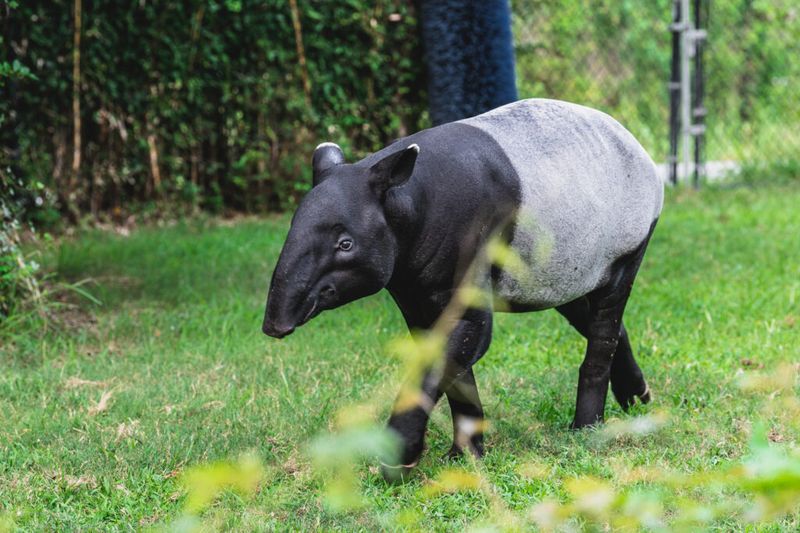
The Malayan tapir, with its distinctive black and white coloring, is a striking presence in the jungles of Southeast Asia. This pattern, reminiscent of a panda, plays a crucial role in its survival, breaking up its outline in the dappled light of the jungle.
Despite their size, tapirs are surprisingly agile, moving through the forest with quiet grace. Their unique coloration is not just for show but is a critical adaptation for avoiding predators.
The tapir’s gentle demeanor and striking appearance make it a fascinating subject for those interested in nature’s diverse forms.
King Penguin
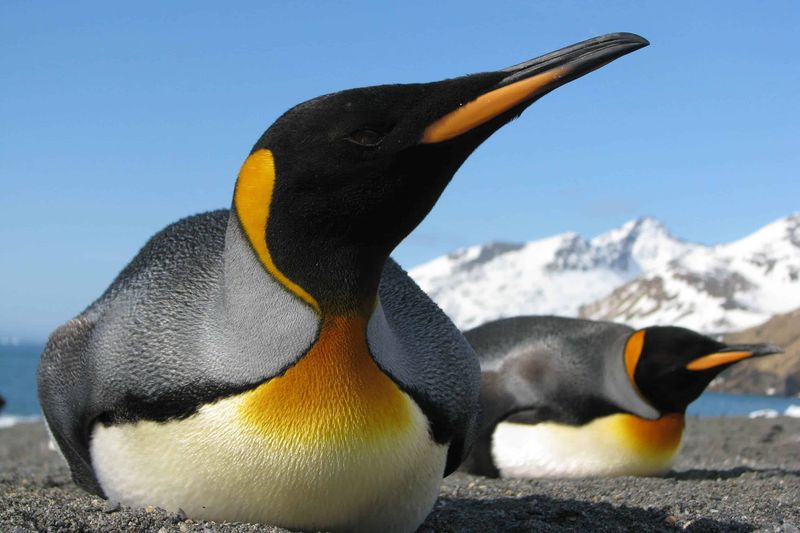
In the icy realms of Antarctica, the king penguin stands out with its sleek black and white plumage, accented by vivid orange patches on its neck. These regal birds are known for their striking appearance and communal nesting habits.
The contrasting colors of their feathers help them blend into the snowy and watery environment, offering protection against predators. The orange highlights serve as a form of identification among the colony members.
King penguins’ dignified looks and hardy nature make them a symbol of survival and elegance in one of the world’s harshest environments.
Ocelot
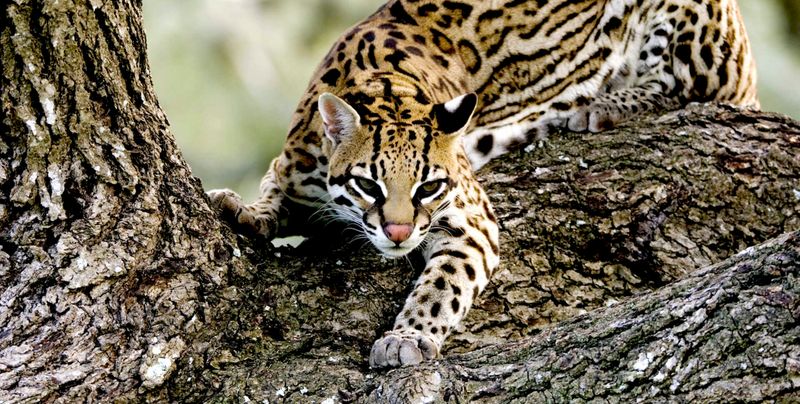
The ocelot, with its beautifully patterned coat, is a true testament to the elegance of the feline family. Its sleek fur features a medley of spots and rosettes, which provide effective camouflage in the dense undergrowth of its rainforest habitat.
This nocturnal hunter is as stealthy as it is striking, using its patterns to melt into the shadows. Ocelots’ coats are as varied as their personalities, each marking unique like a signature.
These agile cats exemplify the balance between beauty and predation, showcasing the intricate patterns that evolution can produce in the wild.
Flamingo
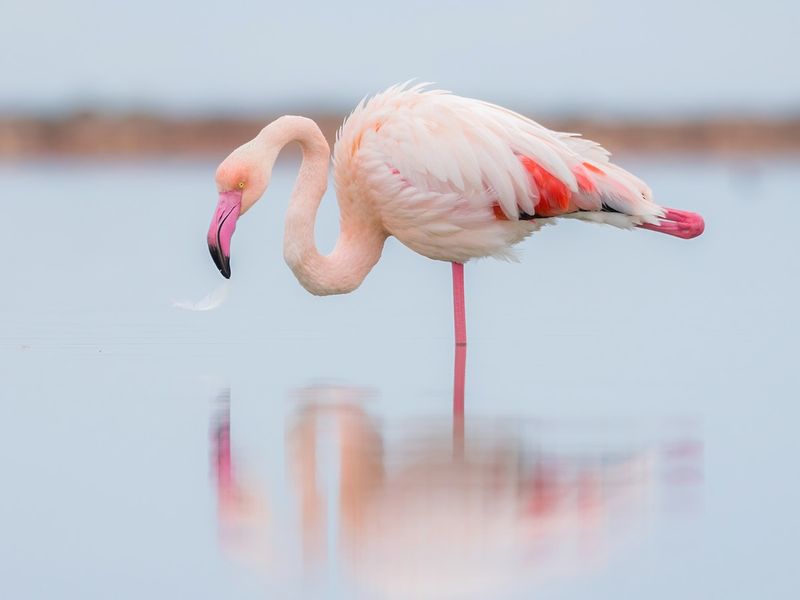
Flamingos, with their striking pink plumage, are a vibrant splash of color in their aquatic homes. Their unique coloration comes from carotenoids in their diet, painting a picture of elegance as they wade in shallow waters.
The graceful curve of their necks and their synchronized movements create a visual symphony that is both calming and captivating. Beyond their beauty, flamingos’ social nature and group dynamics add layers to their appeal.
These birds transform wetlands into a canvas of color, making them a beloved sight for birdwatchers and nature enthusiasts alike.
Leopard Gecko
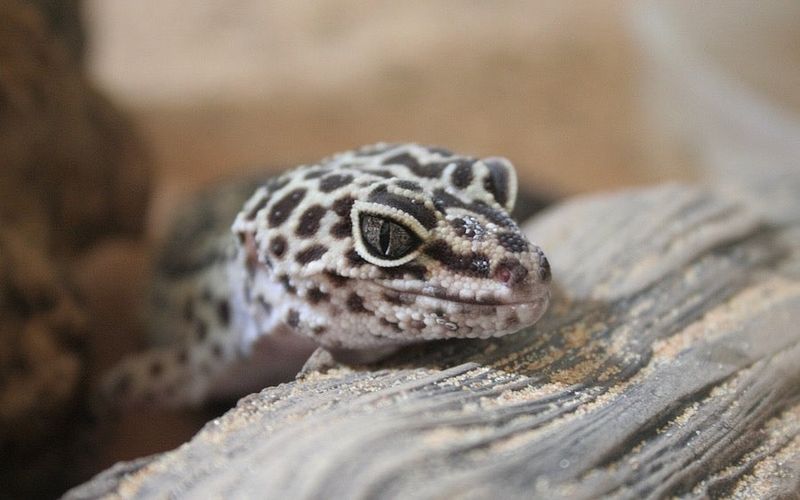
The leopard gecko, with its vibrant yellow skin adorned with black spots, is a living mosaic of color. Native to arid regions, this reptile’s pattern helps it blend into sandy and rocky terrains.
The gecko’s unique ability to shed its tail is a defense mechanism, adding to its survival repertoire. Leopard geckos are not just visually captivating but also fascinating in behavior.
Their gentle nature makes them popular pets, though in the wild, their patterns are crucial for evading predators. This reptile’s striking appearance is a perfect blend of aesthetics and evolution.
Mandrill
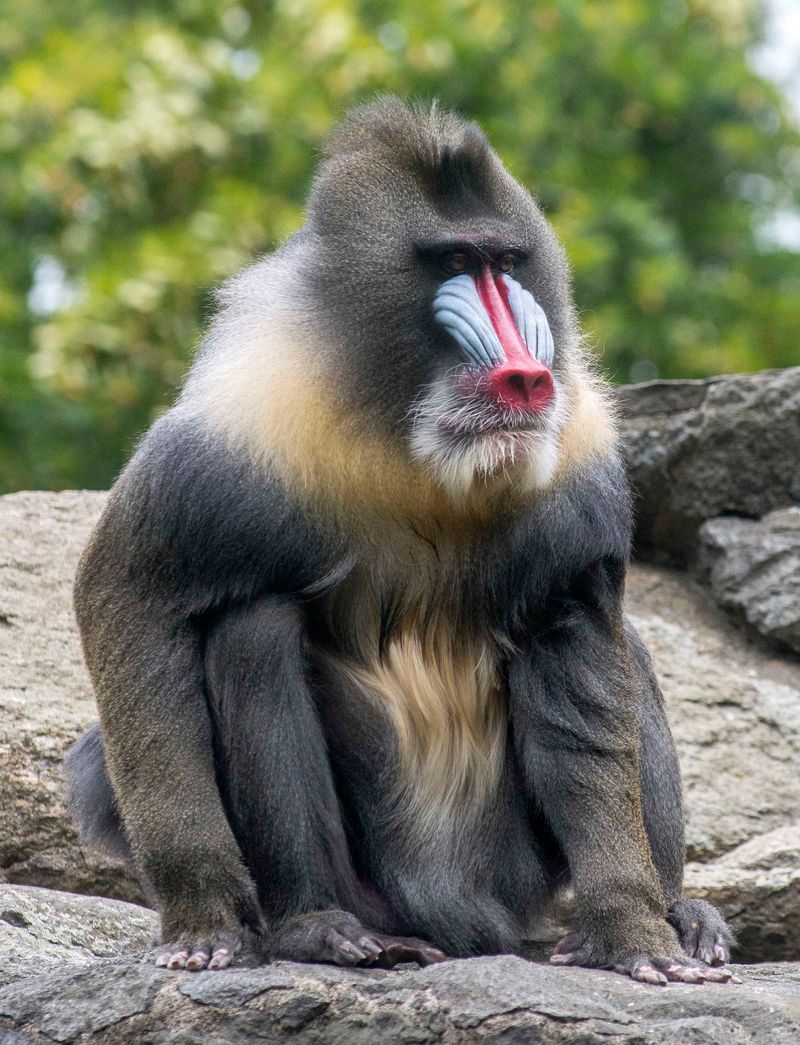
The mandrill, known for its brilliant facial coloring, is one of the most vividly patterned primates. The blues and reds on its face are not just for show; they play a role in communication and social hierarchy.
Found in the rainforests of Central Africa, mandrills use these colors to express emotions and establish dominance. Their faces are nature’s canvas, displaying intricate designs that captivate and communicate.
Beyond their striking appearance, mandrills’ complex social behaviors add depth to their character. This primate’s vibrant patterns are a celebration of color and communication in the wild.
Orchid Mantis
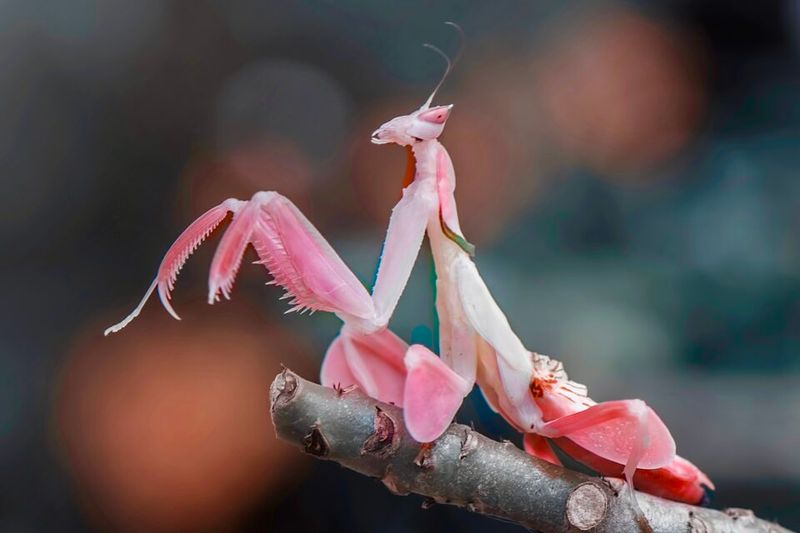
The orchid mantis, with its delicate flower-like appearance, is a master of disguise. Its pale pink and white patterns mimic orchid petals, allowing it to ambush unsuspecting prey.
Found in the tropical forests of Southeast Asia, this insect is a marvel of evolutionary mimicry. The mantis not only blends into its surroundings but also attracts prey, turning its beauty into a deadly advantage.
The orchid mantis’s enchanting appearance and strategic use of patterns highlight the clever adaptations that can arise in nature. Its delicate allure is both a visual treat and a survival strategy.
Glasswing Butterfly
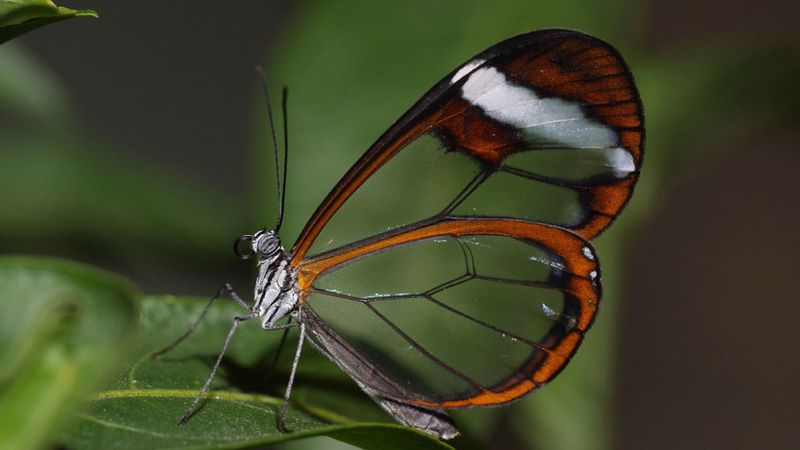
Imagine a butterfly whose wings appear to be made of glass, reflecting the world around them. The glasswing butterfly, native to Central and South American tropical forests, showcases nature’s ingenuity with its transparent wings edged in ethereal whites and browns.
As sunlight streams through, these wings refract light into a gentle prism, creating a spectacle of soft hues dancing like a watercolor painting.
This remarkable transparency serves a practical purpose, rendering the butterfly nearly invisible to predators.
Did you know? The glasswing’s Spanish name, “espejitos,” means “little mirrors,” referencing its mesmerizing reflective quality.

